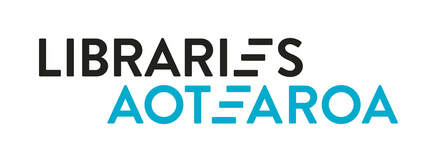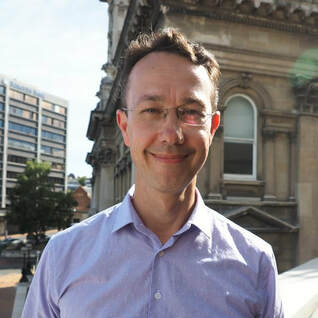| Paul Hayton was the inaugural recipient of the LIANZA Paul Reynolds ‘No Numpties' Grant. In this blog post he tells us about what the grant enabled him to do and the impact on his work. The Paul Reynolds (No Numpties) Grant is in memory of Paul Séamus Reynolds (1949-2010) inspirational, enthusiastic and a digital world citizen. This grant was established in 2010 from donations made by the National Library of New Zealand, Internet NZ and friends of Paul Reynolds. |
As the inaugural recipient of the Paul Reynolds Scholarship ‘No Numpties Award’ I travelled in early Feb 2012 to the Powerhouse Museum, Sydney. I spent two weeks based in the Digital, Social and Emerging Technologies department.
I explored three complementary areas while there:
- How the Powerhouse is embracing the rapid growth of the mobile Smartphone market.
- What types of digital content are being created by staff, their rationale for doing so and the measurements of success employed.
- How and what content (particularly multimedia) is being deployed via location aware mechanisms and what impact this has had on customer engagement and reported satisfaction levels.
I learnt the importance of an empowered team culture. Teams embraced key values that were clearly communicated across all levels of the organisation and aligned with strategic thinking. This in turn played a big part in the success of the digital ventures I observed being undertaken. There was an underlying culture of openness, engagement, and experimentation between Digital, Social & Emerging Technologies team members and the wider community of museum stakeholders.
Whilst not shy of outsourcing some projects, the drive was to build in-house capability and staff were being trained and employed to do just that. Various mobile apps had been created using third party developers. Each app had a specific use case. Lessons were learnt with respect to cost/benefits of ongoing post launch support vs. starting over and developing something new from scratch. Google analytics and other in-app metrics were proactively reviewed and used to report on the success or failure of projects. Metrics provided useful feedback for iterative development of digital offers.
I’ve been able to take some of the lessons learnt and use them to offer feedback to GLAM organisations I have worked with across Dunedin City Council. This has usually been in the form of strategic planning guidance or advice sought concerning specific digital projects under consideration.
While working in the Dunedin City Council web team, I also applied Google Analytics learnings from my Powerhouse experience to implement more refined ways of how council tracked and measured success across its web portfolios.
There was also the professional exposure within the GLAM sector and more widely within local government circles that came with undertaking such research.
Yes. Give it a go! If you harbour a curious mind and seek answers to a line of questioning you just can’t seem to shake from your consciousness — it’s well worth applying.
There are few opportunities in life to be able to dive deep in to something that is important to you and reflects the value of the Internet and the digital world for New Zealanders. Being able to focus on your lines of enquiry and spend time with people who are working in your area of digital interest is invaluable to getting the answers you seek.
Applications close May 30, 2019.



 RSS Feed
RSS Feed